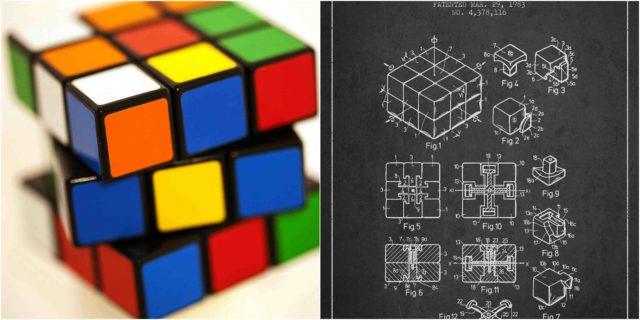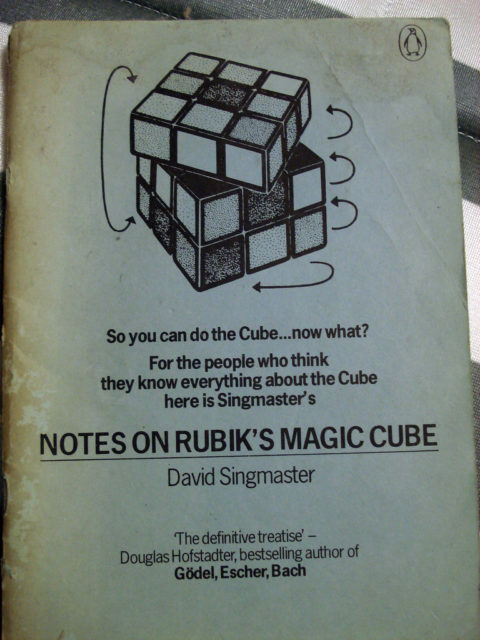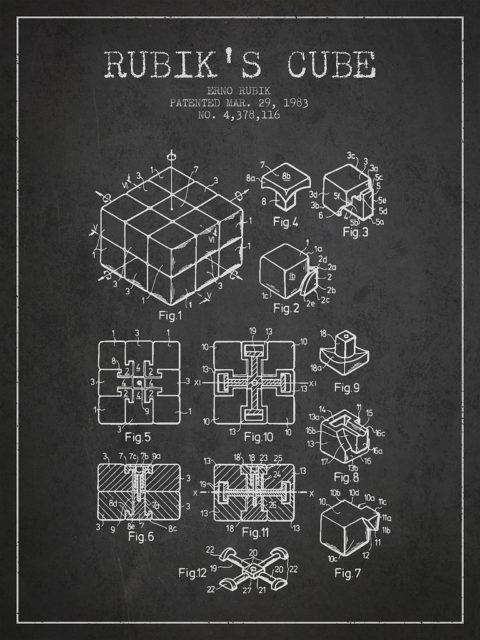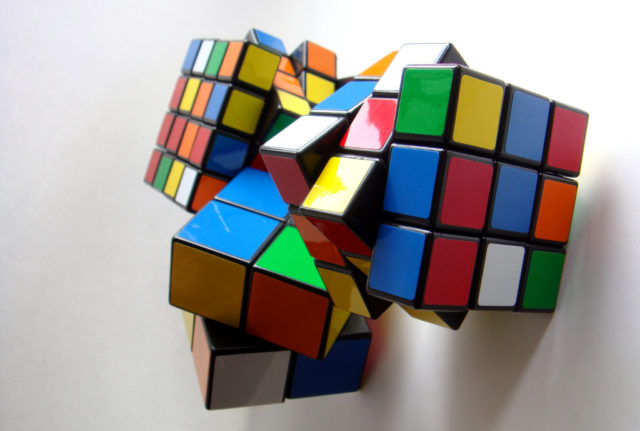

From 1971 to 1979, Rubik was a professor of architecture at the Budapest College of Applied Arts (Iparművészeti Főiskola). It was during his time there that he built designs for a three-dimensional puzzle and completed the first prototype of the Rubik’s Cube in 1974, applying for a patent on the puzzle in 1975. In an interview with CNN, Rubik stated that he was “searching to find a good task for my students.”When he made the cube he realized that he had made a code he couldn’t crack.

| “ | Space always intrigued me, with its incredibly rich possibilities, space alteration by (architectural) objects, objects’ transformation in space (sculpture, design), movement in space and in time, their correlation, their repercussion on mankind, the relation between man and space, the object and time. I think the CUBE arose from this interest, from this search for expression and for this always more increased acuteness of these thoughts… |

Starting with blocks of wood and rubber bands, Rubik set out to create a structure which would allow the individual pieces to move without the whole structure falling apart. Rubik originally used wood for the block because of the convenience of a workshop at the university and because he viewed wood as a simple material to work with that did not require sophisticated machinery. Rubik made the original prototypes of his cube by hand, cutting the wood, boring the holes and using elastic bands to hold the contraption together

Rubik showed his prototype to his class and his students liked it very much. Rubik realized that, because of the cube’s simple structure, it could be manufactured relatively easily and might have appeal to a larger audience. Rubik’s father possessed several patents, so Rubik was familiar with the process and applied for a patent for his invention. Rubik then set out to find a manufacturer in Hungary, but had great difficulty due to the rigid planned economy of Hungary at the time. Eventually, Rubik was able to find a small company that worked with plastic and made chess pieces. The cube was originally known in Hungary as the ‘Magic Cube’.

